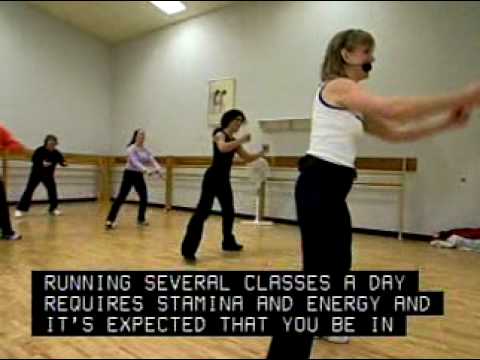
Career Search Fitness workers lead, instruct, and motivate individuals or groups in exercise activities, including cardiovascular exercise, strength training, and stretching. They work in health clubs, country clubs, hospitals, universities, yoga and Pilate’s studios, resorts, and clients homes. Increasingly, fitness workers also are found in workplaces, where they organize and direct health and fitness programs for employees of all ages. Although gyms and health clubs offer a variety of exercise activities such as weightlifting, yoga, cardiovascular training, and karate, fitness workers typically specialize in only a few areas. Personal trainers work one-on-one with clients either in a gym or in the clients home. They help clients assess their level of physical fitness and set and reach fitness goals. Trainers also demonstrate various exercises and help clients improve their exercise techniques. They may keep records of their clients exercise sessions to monitor clients progress toward physical fitness. They may also advise their clients on how to modify their lifestyle outside of the gym to improve their fitness. Group exercise instructors conduct group exercise sessions that usually include aerobic exercise, stretching, and muscle conditioning. Cardiovascular conditioning classes are often set to music. Instructors choose and mix the music and choreograph a corresponding exercise sequence. Two increasingly popular conditioning methods taught in exercise classes are Pilates and yoga. In these classes, instructors demonstrate the different moves and positions of the particular method; they also observe students and correct those who are doing the exercises improperly. Group exercise instructors are responsible for ensuring that their classes are motivating, safe, and challenging, yet not too difficult for the participants. Fitness directors oversee the fitness-related aspects of a health club or fitness center. They create and oversee programs that meet the needs of the clubs members, including new member orientations, fitness assessments, and workout incentive programs. They also select fitness equipment; coordinate personal training and group exercise programs; hire, train, and supervise fitness staff; and carry out administrative duties. Work environment. Most fitness workers spend their time indoors at fitness centers and health clubs. Fitness directors and supervisors, however, typically spend most of their time in an office. Those in smaller fitness centers may split their time among office work, personal training, and teaching classes. Directors and supervisors generally engage in less physical activity than do lower-level fitness workers. Nevertheless, workers at all levels risk suffering injuries during physical activities. Since most fitness centers are open long hours, fitness workers often work nights and weekends and even occasional holidays. Some may travel from place to place throughout the day, to different gyms or to clients homes, to maintain a full work schedule. Fitness workers generally enjoy a lot of autonomy. Group exercise instructors choreograph or plan their own classes, and personal trainers have the freedom to design and implement their clients workout routines. Median annual earnings of fitness trainers and aerobics instructors in May 2006 were $25,910. The middle 50 percent earned between $18,010 and $41,040. The bottom 10 percent earned less than $14,880, while the top 10 percent earned $56,750 or more. CareerSearch.com






